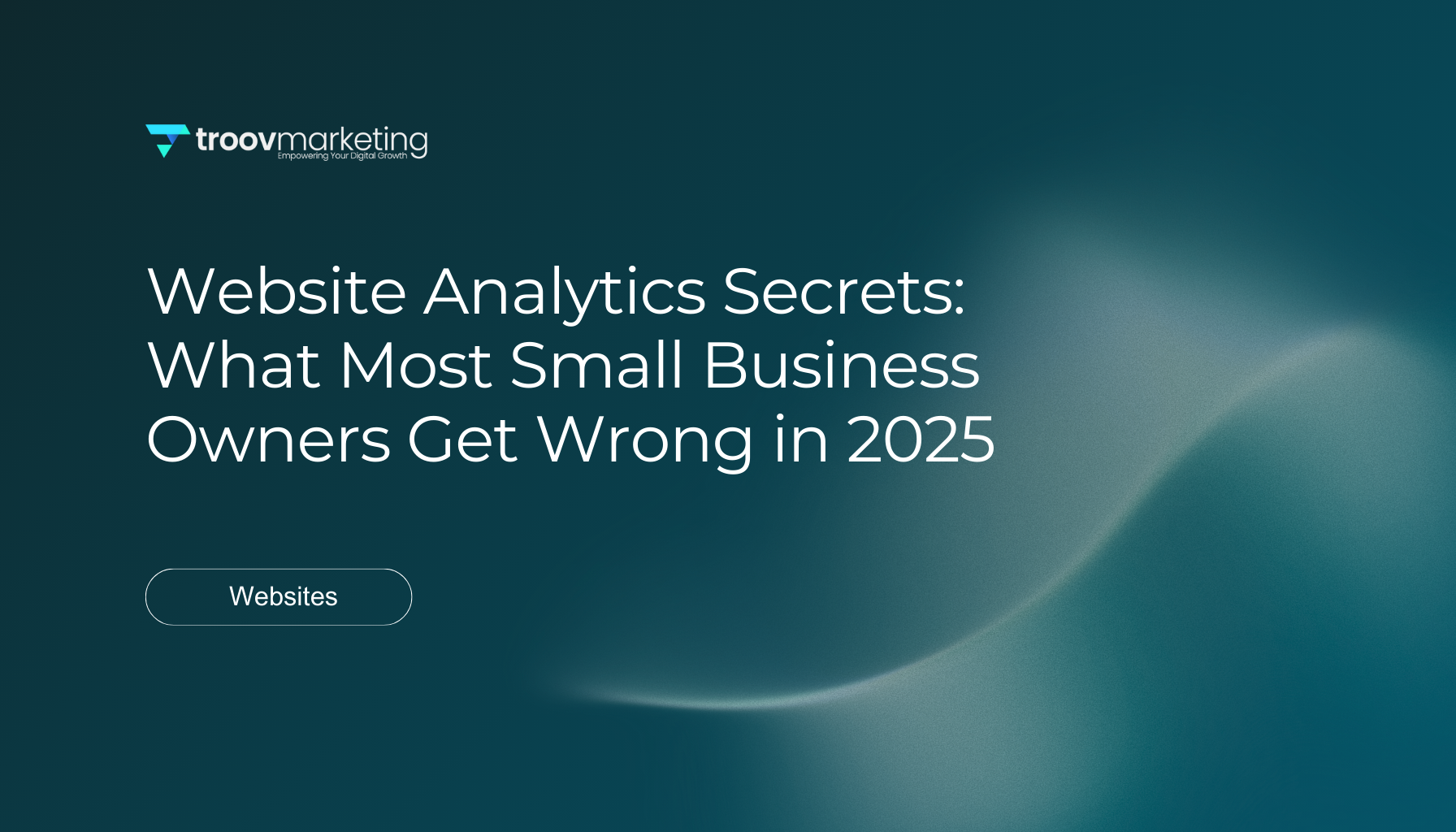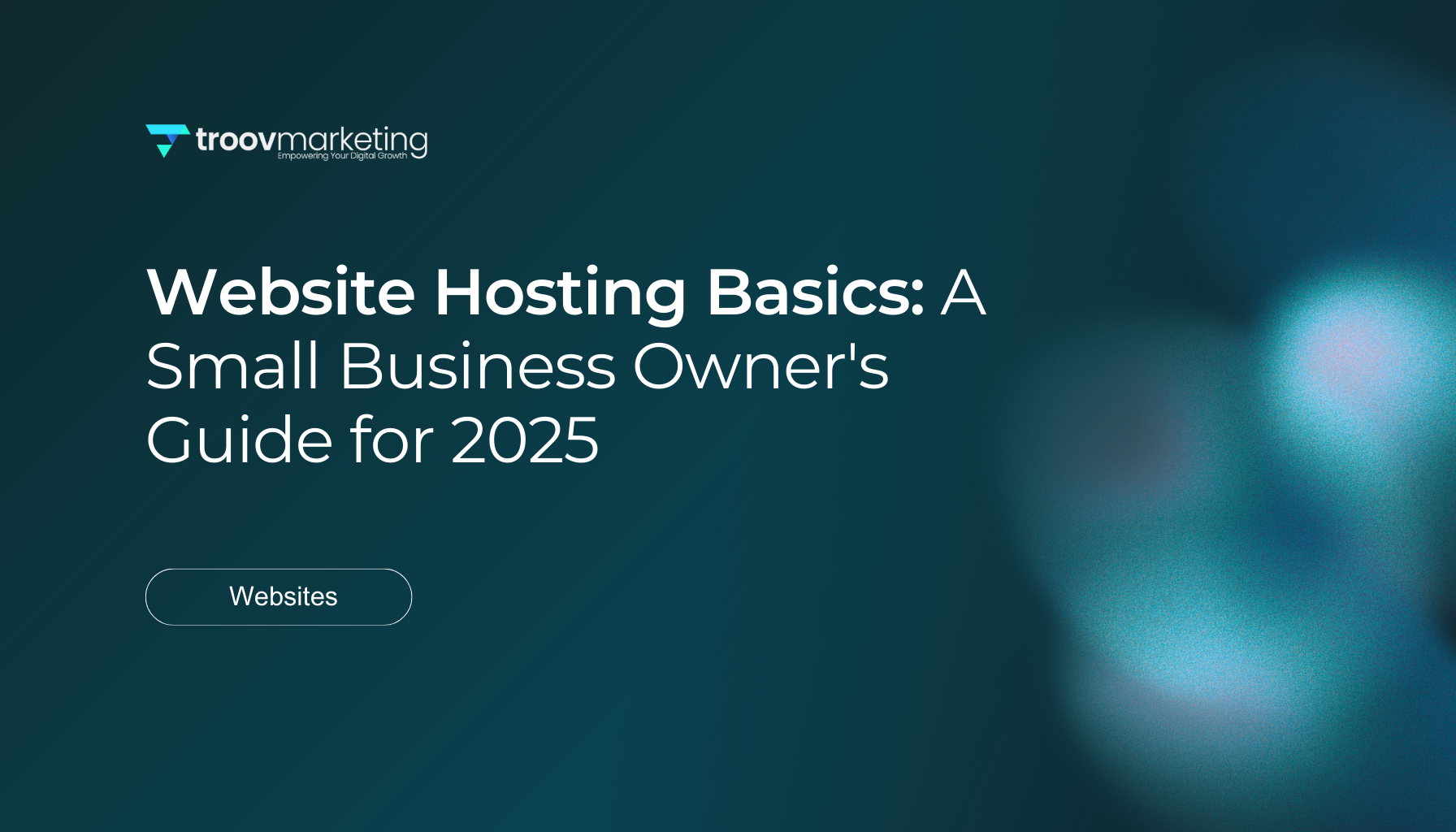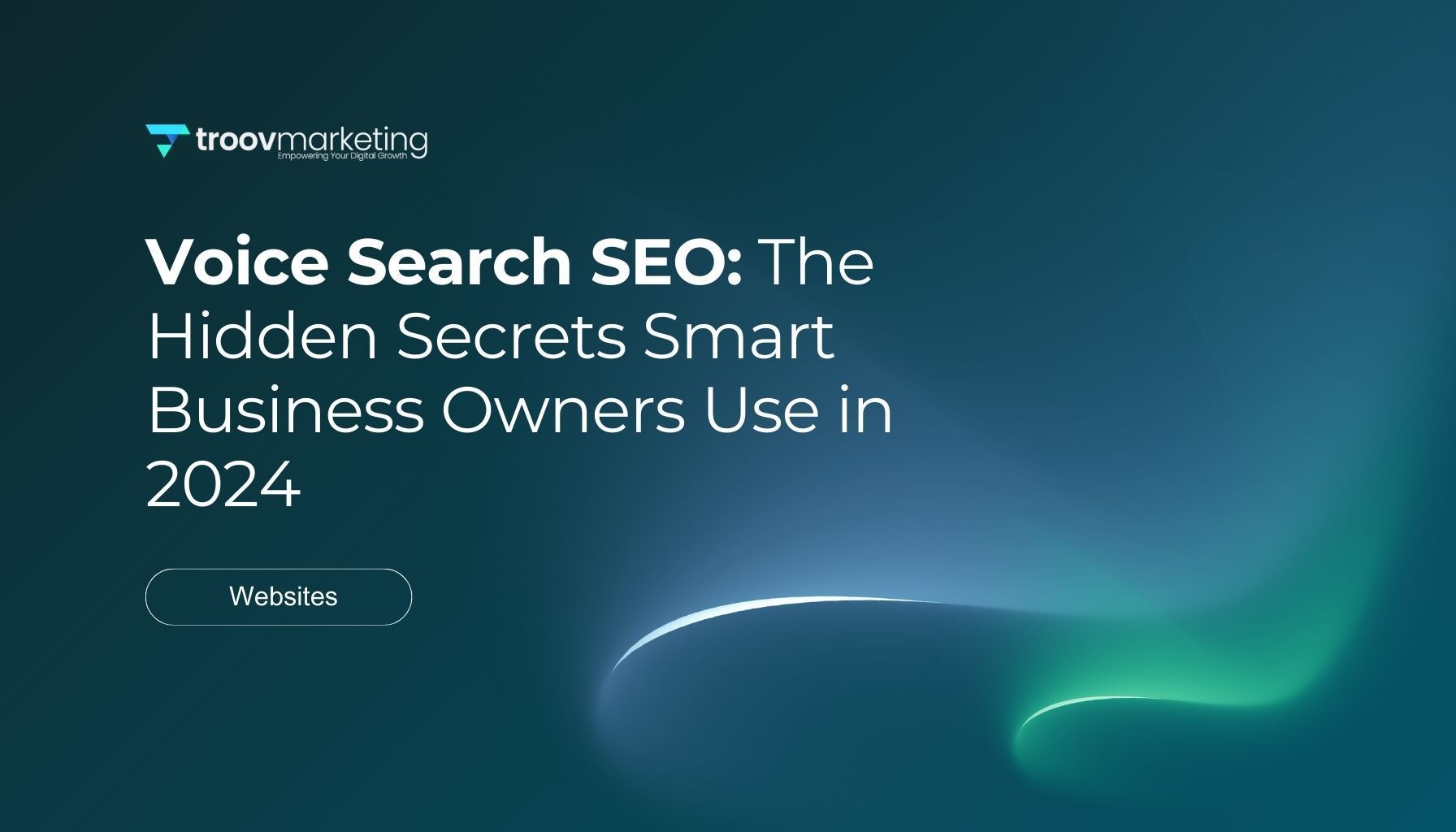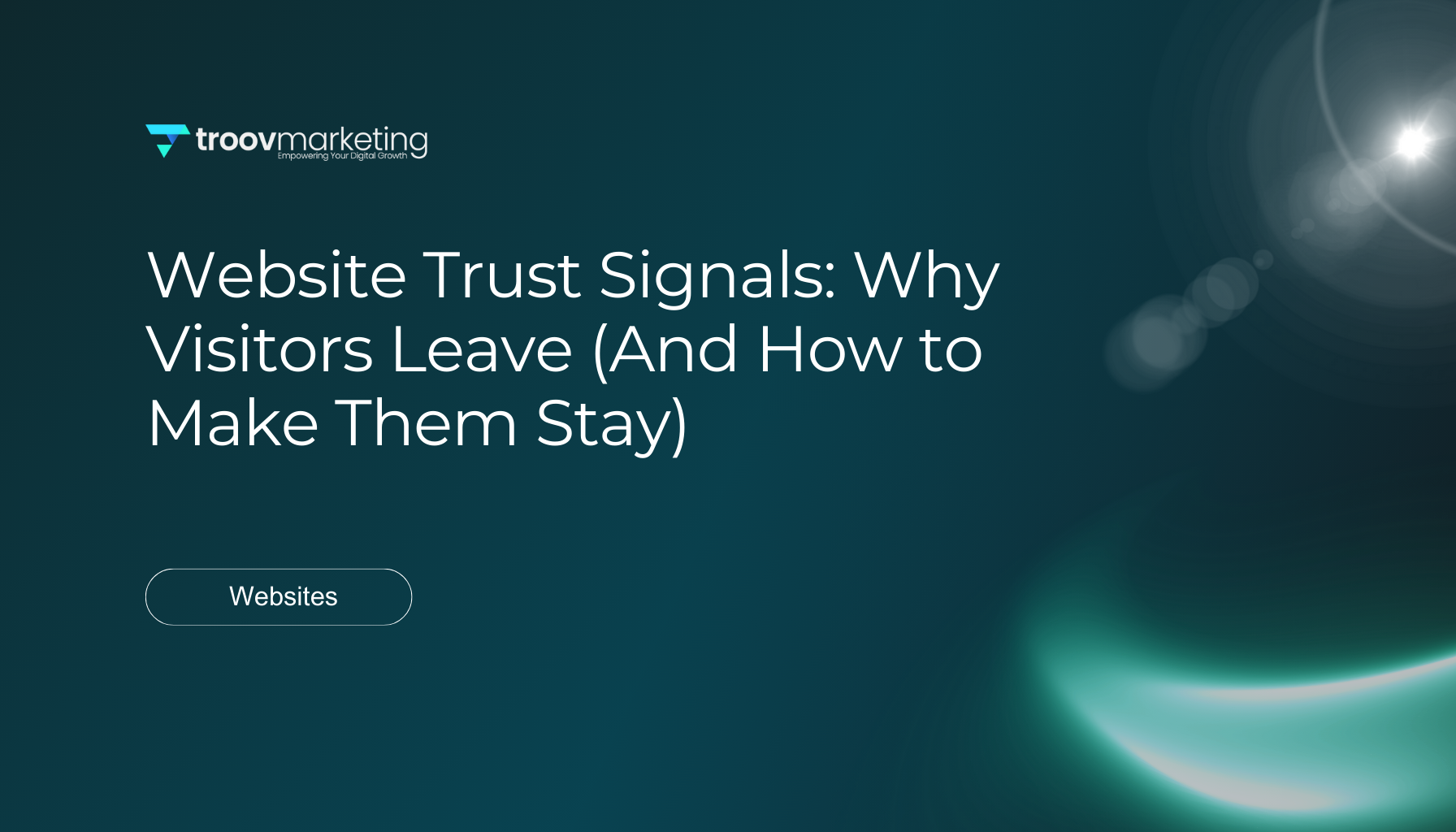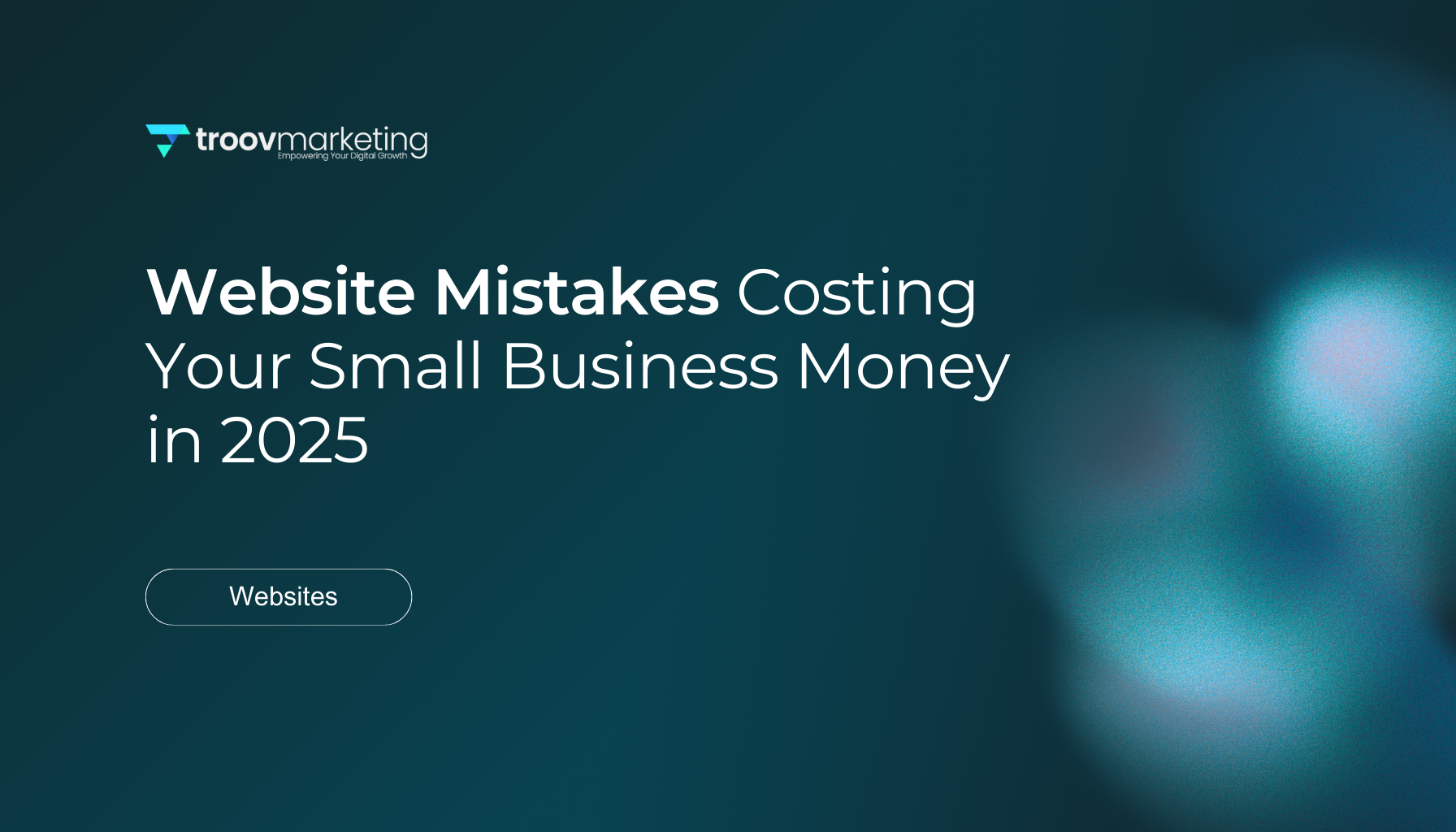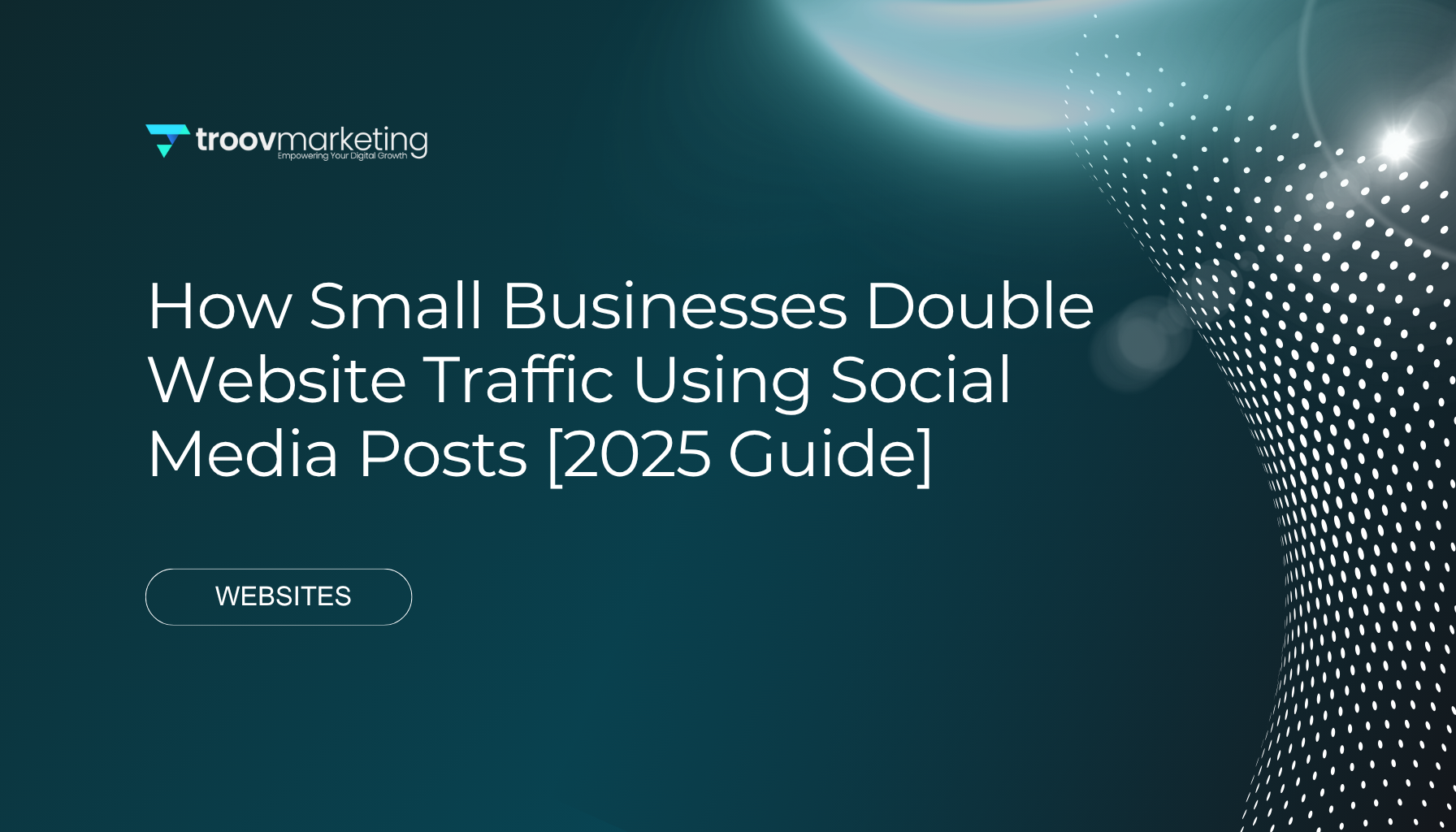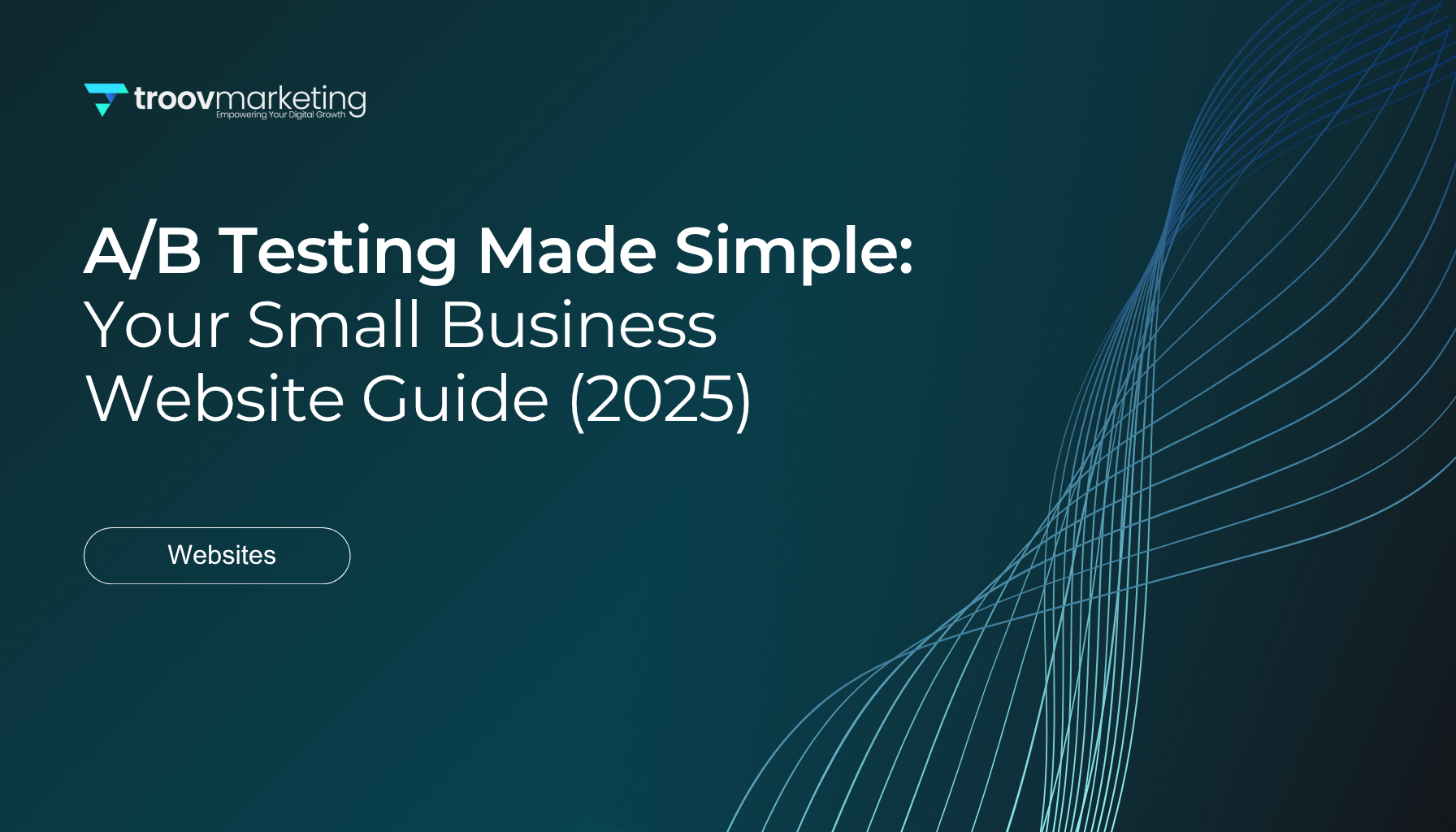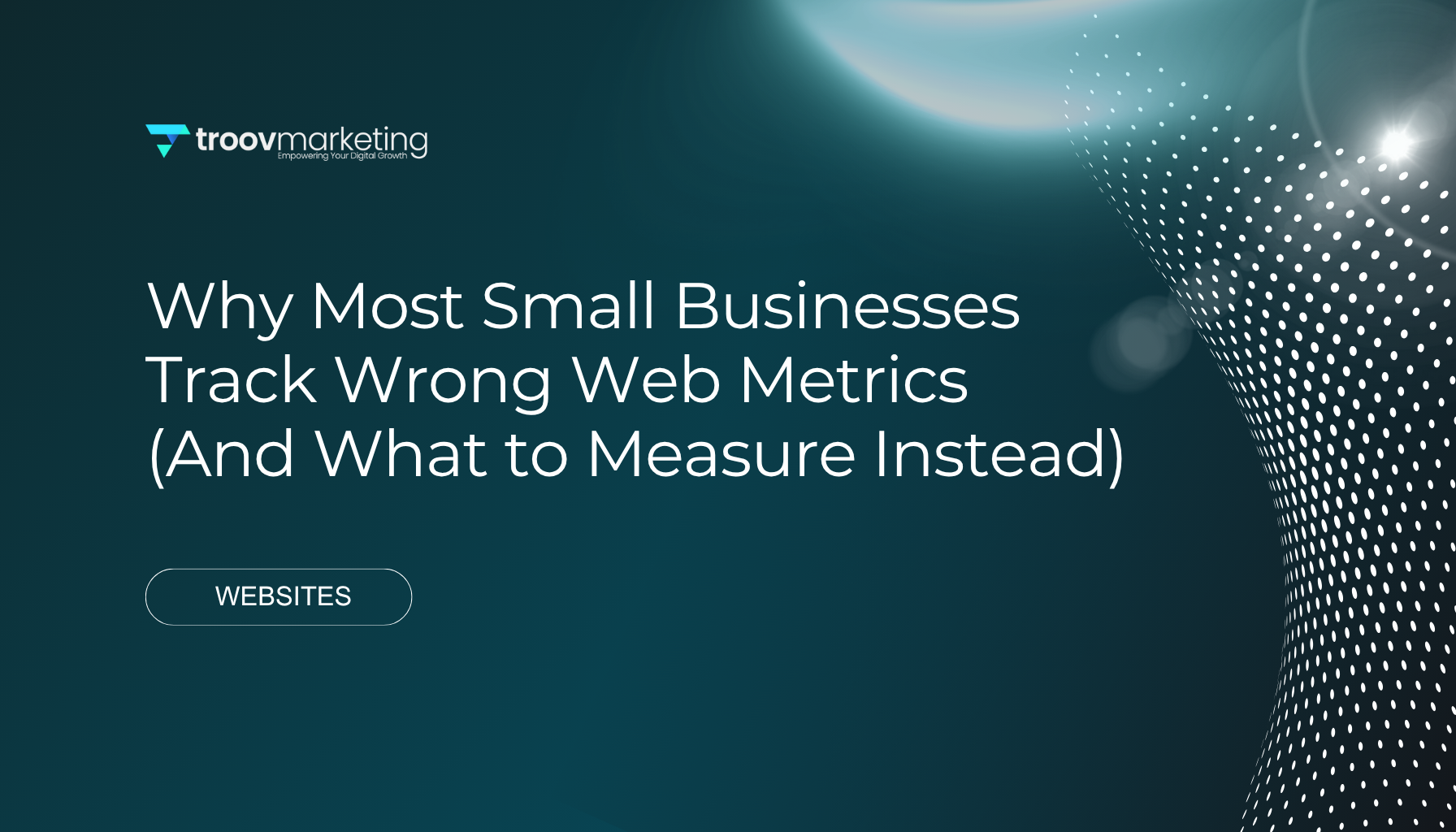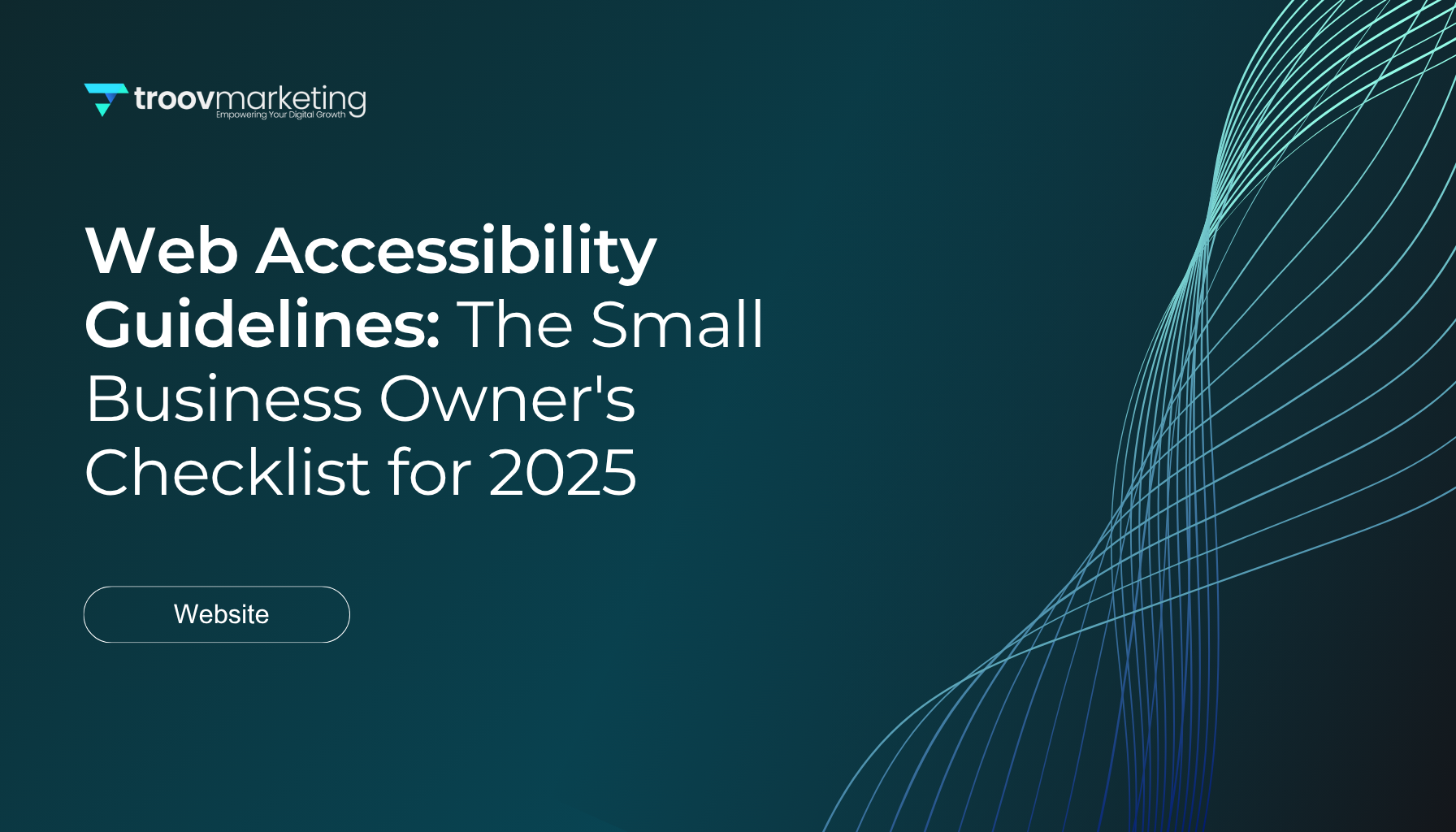The Small Business Content Strategy Guide That Actually Works [2025 Edition]
The Small Business Content Strategy Guide That Actually Works [2025 Edition]
Small business content marketing keeps gaining ground, with 82% of marketers putting their money into this strategy . More than 90% of marketers will either maintain or boost their content marketing investment in 2025 . These numbers make sense since the average Australian dedicates over 10 hours each day to digital media content .
Creating a content marketing strategy that works remains a challenge for many small business owners. The proven benefits are clear, yet 15% of marketers don't deal very well with getting traffic and leads through their content work . This detailed content marketing guide tackles these everyday challenges and offers practical content marketing tips. Small business owners can learn to shine in a busy digital world where 183,000 new blog posts show up online every hour .
Our 2025 content strategy template takes you step by step through the entire process. You'll master everything from goal setting and audience understanding to picking the right content types and tracking your success. This piece stands out by focusing on real-world approaches that fit businesses with tight resources and limited time. Your path to creating content that converts starts right here.
What is a content strategy and why it matters in 2025
A content strategy is the foundation of your marketing efforts. It's a clear plan that explains why your organization creates content and what you want to achieve. A good strategy answers three basic questions: why we create content, how we manage it, and what goals we want to reach.
Content strategy vs. content marketing
Business owners often mix up these terms, but knowing their differences is vital for success. Content strategy sets the foundation—it's the big-picture planning that makes sure everything you create has a purpose. Content marketing brings that strategy to life through action.
Content strategy deals with the "hows" of content creation. It includes planning, management, and control of content throughout its lifecycle. The strategy lines up content with business goals and shapes development, production, presentation, and measurement. You could call it the map that guides your content experience.
Content marketing handles the "whys." It's a marketing technique that uses content to build stronger customer relationships. The tactical elements include:
- Creating blog posts and articles that drive organic traffic
- Developing resources for digital marketing campaigns
- Crafting social media content for brand awareness
- Producing guest content for partnerships
The relationship is simple: your content strategy shapes your content marketing. If your strategy shows that a blog will help reach business goals, your content marketing plan creates and follows through with the calendar.
Why small businesses need a strategy now more than ever
Small businesses face unique challenges in 2025 that make a content strategy essential. Content marketing changes faster than ever—what worked a few months ago might not work today. AI advances and new consumer behaviors have created fresh challenges for content marketers.
Research shows that 80% of highly successful companies have a documented content strategy, while 52% of unsuccessful ones don't. These numbers show why proper planning matters.
A content strategy gives small businesses several important benefits:
- Cost-effectiveness: You can be selective about content creation and reach people more likely to convert
- Consistency: Your strategy matches your brand's vision and values, creating a unified experience everywhere
- Competitive advantage: Small businesses can compete with bigger companies through smart content, even with smaller budgets
- Long-term returns: Unlike paid ads that stop working when turned off, content keeps bringing in leads long after publication
Small businesses have a natural advantage—they're closer to their customers than big companies. "We know their challenges intimately, we know more about them. It's a massive advantage and allows us to deliver stellar customer service," which shows in your content.
A documented strategy keeps your work focused on goals instead of random content creation. This saves time, reduces frustration, and gets better results—especially important for small businesses with limited resources.
Laying the foundation: goals, audience, and audits
A strong foundation must exist before you start creating content. Your small business content marketing success depends on three vital pillars: clear goals, understanding your audience, and getting a full picture of your existing content.
Set SMART goals for your content
Success in content marketing starts with a clear definition of what winning looks like. You won't get clarity on your achievements with unclear objectives like "increase website traffic." The SMART framework will help you create goals that make a real business difference.
SMART stands for:
- Specific - Clearly define what you want to accomplish
- Measurable - Include concrete metrics to track progress
- Achievable - Set ambitious yet attainable targets
- Relevant - Arrange with your broader business objectives
- Time-bound - Establish a deadline for achievement
Research shows marketers who set goals are 377% more successful than those who don't [1]. The most successful content marketers focus on objectives that use action-oriented language like "generate," "grow," and "retain" [2].
Your content strategy template should include goals that affect your bottom line. To name just one example, see how "increase organic website traffic by 25% within six months" works better than broadly aiming for "brand awareness" [3]. This approach will give your content marketing strategy concrete business results.
Build detailed buyer personas
A buyer persona represents your ideal customer based on real data and research [4]. These detailed profiles help create content that appeals to your target audience throughout their buying trip.
Good personas come from detailed research through:
- Surveys and interviews with existing customers
- Analysis of your social media engagement
- Competitive research
- Email marketing data
- Social listening tools
Sales for Startups reports that marketers who use buyer personas see 73% higher conversions than those who don't [5]. This huge improvement comes from knowing how to customize your content marketing tips for small business owners' specific audience needs.
Demographics like age, gender, income, and location matter in your persona. But psychographics matter too - interests, values, and lifestyle choices make a difference. Document their challenges, goals, and preferred content formats. This detailed view helps you create content that solves their problems instead of just promoting products.
Run a content audit to find gaps and wins
A content audit helps you assess your existing content systematically. You'll see what works, what doesn't, and where opportunities exist. This process improves your content marketing guide and makes better use of resources.
Start by listing all your content, including:
- URLs
- Content titles
- Focus keywords
- Content types and formats
- Publication dates
- Performance metrics
The performance data analysis comes next. Look for patterns in your best content - which topics, formats, or channels get the most engagement? Find underperforming content that needs updates or consolidation [6].
Google Analytics and social media analytics help you assess content performance with real numbers [7]. Track metrics that match your SMART goals, such as page views, bounce rates, time on page, and conversion rates [3].
This analysis shows content gaps - important topics you haven't covered well enough. You'll also find content wins to build upon. This creates a more strategic approach to content creation.
These three foundational elements will change your content marketing from random publishing into a strategic business asset that delivers measurable results.
Choosing the right content types and channels
The right content formats and distribution channels play a significant role in your small business content strategy. Strategic choices about content creation and publishing locations can determine whether your content delivers results or vanishes into the digital void. This becomes even more important with the numerous options available today.
Blog posts, videos, podcasts, and more
Content typically falls into several key categories:
- Written content: Blog posts, case studies, articles, newsletters, and whitepapers serve as excellent SEO assets and educational tools
- Visual content: Videos, infographics, and photo essays grab attention quickly and simplify complex information
- Audio content: Podcasts let audiences consume information while multitasking
- Social media content: Photo carousels, short videos, and user-generated content boost participation on platforms where your audience already spends time
Small business owners should focus on mastering one or two content types [8]. This approach helps build expertise in those formats before expanding efforts.
How to pick the best formats for your audience
Your audience's online habits should guide your content format choices. LinkedIn proves effective for reaching professionals, while Instagram or Pinterest better showcase visual products [9].
Demographics also influence platform selection. Millennials gather on Instagram and Snapchat, while business professionals prefer LinkedIn [10]. Research shows younger audiences favor mobile content, Generation X likes laptop-delivered content, and Baby Boomers prefer desktop experiences [10].
Age groups show distinct content priorities. While blog posts, images, and eBooks appeal across generations, millennials lean toward social media content and audiobooks. Generation X prefers digital video, and Baby Boomers seek longer content and product reviews [10].
Matching content to the buyer's journey
Content types should line up with each stage of your customer's trip for maximum impact. Educational blog posts, social content, and informational videos work best at the awareness stage to introduce your brand and highlight industry challenges [11].
More detailed resources like case studies, comprehensive guides, and comparison charts help prospects assess potential solutions during the consideration stage [11]. The decision stage needs content that converts—including free trials, testimonials, and product demonstrations [11].
Content repurposing helps stretch your investment further. A single case study can transform into a blog post, social media carousel, and video script—this maximizes reach while keeping production costs low [8].
Creating and managing your content workflow
The life-blood of successful content marketing for small business lies in efficient workflow management. Even the most brilliant strategy fails without proper execution systems. Let's explore how you can build workflows that save time and maintain quality.
Using a content calendar effectively
A content calendar works as the central nervous system of your content strategy template. It does more than track publishing schedules - it helps you see your entire content ecosystem. Hallam's content calendar template has evolved over a decade and offers monthly themes to spark ideas plus pro tips to maximize content performance [12].
You don't need complex systems to begin. Start with a simple spreadsheet to track:
- Channel and format
- Publication date and time
- Topic and status
- Team member responsible
- Goals for each piece
Your first step should be identifying relevant industry dates and events for your calendar, then build your posting schedule around these anchors [13]. The key is to maintain a realistic, manageable frequency—consistency matters more than quantity [14].
Assigning roles and responsibilities
Unclear role definition creates confusion, missed deadlines, and lower content quality [15]. Today's content teams coordinate with four or more contributors 66% of the time, which makes clear responsibilities essential [16].
The most successful content teams include three core roles:
- Content Writers - Create the actual content
- Content Marketing Specialists/Managers - Oversee coordination and strategy implementation
- Content Executives (Directors/Heads of Content) - Guide high-level strategy [17]
Small businesses often have one person handling multiple roles. All the same, defining who handles each function—from planning to publishing and analyzing—creates transparency and helps management understand team capacity [18].
Tools to streamline your content process
Automation revolutionizes content workflow and lets your team focus on creation rather than administration. Content workflow software helps organize tasks, improve collaboration, and reduce bottlenecks in the creation process [19].
Your tool evaluation should prioritize these key features:
- Task management capabilities
- Live collaboration functions
- Customizable workflows
- Content calendar integration
- Feedback and approval tools [19]
Buffer provides an accessible interface for scheduling, publishing, and analyzing posts in one place, with free versions available for smaller operations [14]. Sprout Social offers interactive calendars and asset libraries that give teams access to approved, on-brand content, which eliminates last-minute scrambling for materials [20].
Note that your workflow should evolve as your business grows—it's not a set-it-and-forget-it system [17].
Measuring success and optimizing your strategy
Measuring results is the life-blood of effective content marketing for small business. Your efforts become mere guesswork without proper measurement of meaningful results.
Key metrics to track
The metrics you select should directly arrange with your business objectives. Traffic metrics (page views, unique visitors) showcase your content's reach. Engagement metrics (time on page, scroll depth) demonstrate how well your content captivates readers. Conversion metrics track desired actions taken [21]. Focus on measurements that connect content performance to business outcomes rather than vanity metrics.
Using analytics to improve performance
Clear standards form the foundation of performance analysis. Create a baseline from previous content performance to evaluate your strategy's results [22]. Google Analytics helps identify changes in audience behaviors and priorities [22]. A tactical approach works best for blog posts or white papers: hypothesize about your content, test through reports, and optimize based on results [23].
What drives strategy changes
Your content might need refreshing at unexpected moments. Several signs show a change is needed:
- Stagnant or declining traffic [24]
- Changes in audience search behaviors [22]
- Poor performance even after content maturation [22]
Analyze successful elements among unsuccessful ones before making changes. A company found that 45% of converting blogs were bottom-funnel content [24]. This knowledge helps create a focused change plan with specific goals like "increasing organic traffic by 20% over the next year" [22]. Results measured against KPIs determine the change's success.
Note that content changes don't mean failure—they represent progress that keeps you relevant to your audience [25].
Conclusion
Small businesses have a great chance to succeed with content marketing if they take a strategic approach. This piece shows how a well-laid-out content strategy can be your guide to success in the digital world of 2025.
SMART goals are the foundations of your content efforts. You'll find it hard to measure success or justify your investment without clear objectives. It also helps to understand your audience through detailed buyer personas that will give a better connection with the right people.
Content audits can reshape your approach, though many people overlook them. These audits help you spot what works and what doesn't. You can then focus on successful tactics and drop the ones that don't deliver results.
Your audience's priorities and behaviors should guide your choice of content types and channels. The best approach is to become skilled at one or two formats before expanding. You'll get better results by focusing deeply rather than spreading your efforts across many content types.
Simple but effective workflows help save time and keep quality high, especially with limited resources. Your process becomes smoother when you have a basic content calendar, clear roles, and the right tools.
Measurement plays a vital role in making improvements. Knowing how to track meaningful metrics and adjust your strategy sets successful content marketers apart from those who just publish and hope things work out.
Small businesses have several edges in content marketing. You stay close to customers and learn about their challenges and needs firsthand. This knowledge helps create genuine connections in your content that bigger competitors find hard to match.
Content marketing takes time to show results. But companies that stick to a documented strategy, publish regularly, and refine their approach based on evidence-based results will without doubt see meaningful growth. These results go beyond just more traffic - they lead to real business growth.
You now know the basics of an effective content strategy and can put these ideas to work in your business. Keep it simple at first, maintain consistency, and let your strategy grow as you discover what strikes a chord with your audience. The content marketing experience might challenge you sometimes, but the rewards make it worthwhile. You'll gain better visibility, stronger customer relationships, and lasting growth.
Key Takeaways
This comprehensive guide reveals the essential elements small businesses need to build a content strategy that drives real results in 2025's competitive digital landscape.
• Start with SMART goals and buyer personas - Marketers who set specific goals are 377% more successful, while those using detailed buyer personas see 73% higher conversions.
• Focus on 1-2 content formats initially - Master blog posts, videos, or podcasts before expanding to avoid spreading resources too thin across multiple channels.
• Document your strategy for better results - 80% of highly successful companies have documented content strategies, compared to only 48% of unsuccessful ones.
• Use content calendars and clear workflows - Assign specific roles, maintain realistic publishing schedules, and leverage automation tools to streamline your content process.
• Measure what matters to your business - Track metrics that align with business objectives like conversions and revenue, not just vanity metrics like page views.
Small businesses have a unique advantage—intimate customer knowledge that larger competitors can't match. When combined with strategic planning, consistent execution, and data-driven optimization, this creates authentic content that builds lasting customer relationships and drives sustainable growth.
FAQs
Q1. How often should a small business publish content? The frequency of content publication depends on your resources and audience preferences. It's more important to maintain consistency than to publish frequently. Start with a realistic schedule, such as once or twice a week, and adjust based on your capacity and audience engagement.
Q2. What types of content work best for small businesses? The most effective content types vary depending on your audience and industry. However, blog posts, videos, and social media content are often successful for small businesses. Focus on mastering one or two formats initially before expanding to others.
Q3. How can I measure the success of my content marketing efforts? Track metrics that align with your business goals. Key indicators include website traffic, engagement rates (time on page, social shares), lead generation, and conversions. Use tools like Google Analytics to monitor these metrics and adjust your strategy accordingly.
Q4. Is it necessary to hire a content marketing specialist for my small business? Not necessarily. While having a dedicated specialist can be beneficial, many small businesses successfully manage their content marketing in-house. Start by assigning clear roles and responsibilities to your team members, and consider outsourcing specific tasks if needed.
Q5. How long does it take to see results from content marketing? Content marketing is a long-term strategy. While some results may be visible within a few months, significant impact often takes 6-12 months or more. Consistency, quality, and strategic distribution are key to seeing lasting results from your content efforts.
References
[1] -
https://coschedule.com/marketing-strategy/marketing-goals/smart-marketing-goal-examples
[2] -
https://contentmarketinginstitute.com/content-marketing-strategy/4-content-marketing-goals-that-really-matter-to-the-business
[3] -
https://www.copy.ai/blog/steps-to-create-a-content-strategy
[4] -
https://blog.hubspot.com/marketing/buyer-persona-research
[5] -
https://digitalmarketinginstitute.com/blog/the-beginners-guide-to-defining-buyer-personas
[6] -
https://www.nsw.gov.au/nsw-government/onecx-program/blog/how-to-run-a-website-content-audit
[7] -
https://blog.hubspot.com/marketing/content-marketing-plan
[8] -
https://www.squarespace.com/blog/content-marketing-for-small-businesses
[9] -
https://www.ewebmarketing.au/content-marketing-guide-for-small-business-growth/
[10] -
https://www.dontpaniclondon.com/blog/creating-content-that-connects-first-define-your-target-audience/
[11] -
https://blog.hubspot.com/marketing/content-for-every-funnel-stage
[12] -
https://blog.socialmediastrategiessummit.com/free-content-calendar-templates/
[13] -
https://blog.hubspot.com/blog/tabid/6307/bid/33415/the-social-media-publishing-schedule-every-marketer-needs-template.aspx
[14] -
https://www.2brownies.com.au/content-calendars-for-small-businesses
[15] -
https://easycontent.io/resources/roles-in-content-team/
[16] -
https://www.bynder.com/en/blog/what-is-content-workflow-software/
[17] -
https://shorthand.com/the-craft/content-team-roles/index.html
[18] -
https://planable.io/blog/content-workflow/
[19] -
https://thecmo.com/tools/best-content-workflow-software/
[20] -
https://sproutsocial.com/insights/social-media-calendar/
[21] -
https://contentmarketinginstitute.com/content-distribution-promotion/how-to-measure-content-marketing-the-updated-essential-guide
[22] -
https://contentmarketinginstitute.com/content-marketing-strategy/time-for-a-content-strategy-pivot-here-s-how-to-decide-and-get-started
[23] -
https://www.forbes.com/councils/forbesagencycouncil/2021/05/26/planning-a-content-marketing-pivot-how-to-smoothly-transition-from-one-strategy-to-another/
[24] -
https://uproer.com/articles/try-our-content-strategy-pivot-method/
[25] -
https://www.linkedin.com/posts/paulmarvucic_when-is-the-right-time-to-pivot-your-content-activity-7285743921459048448-NXBd
